
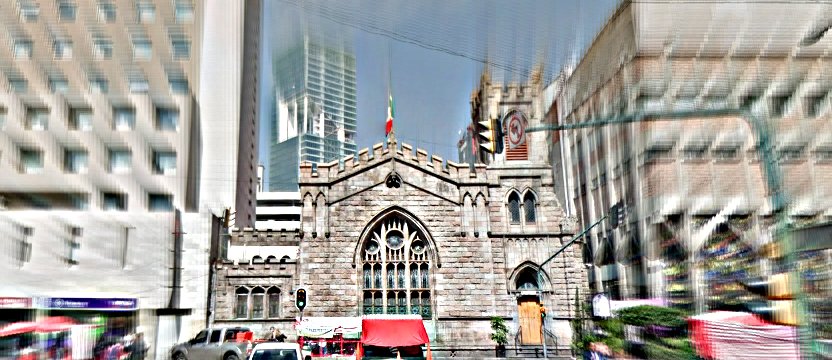
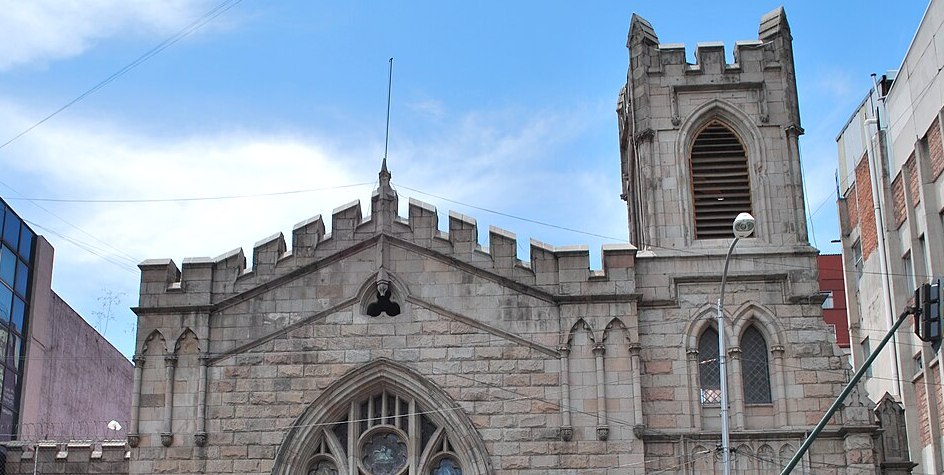

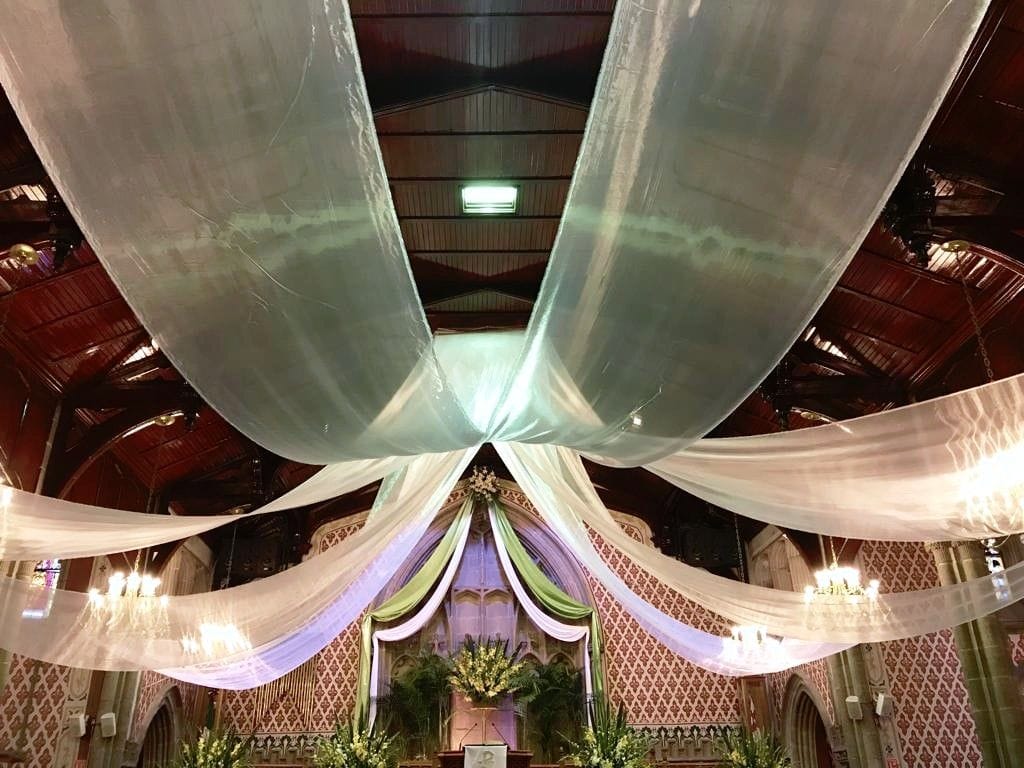
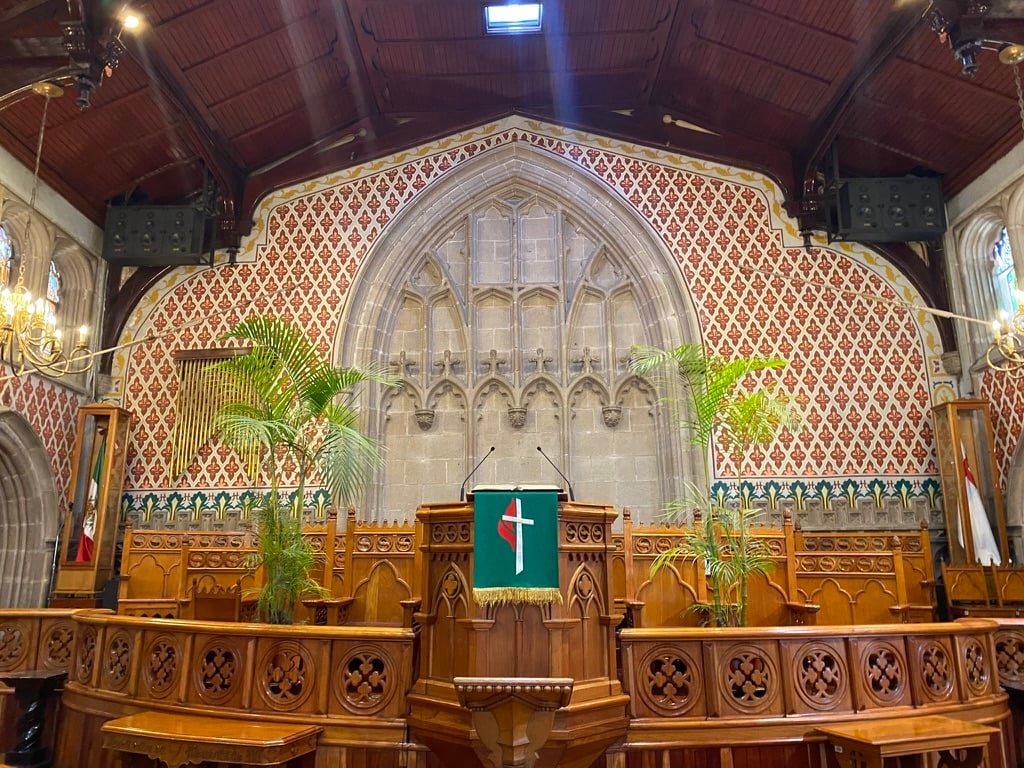
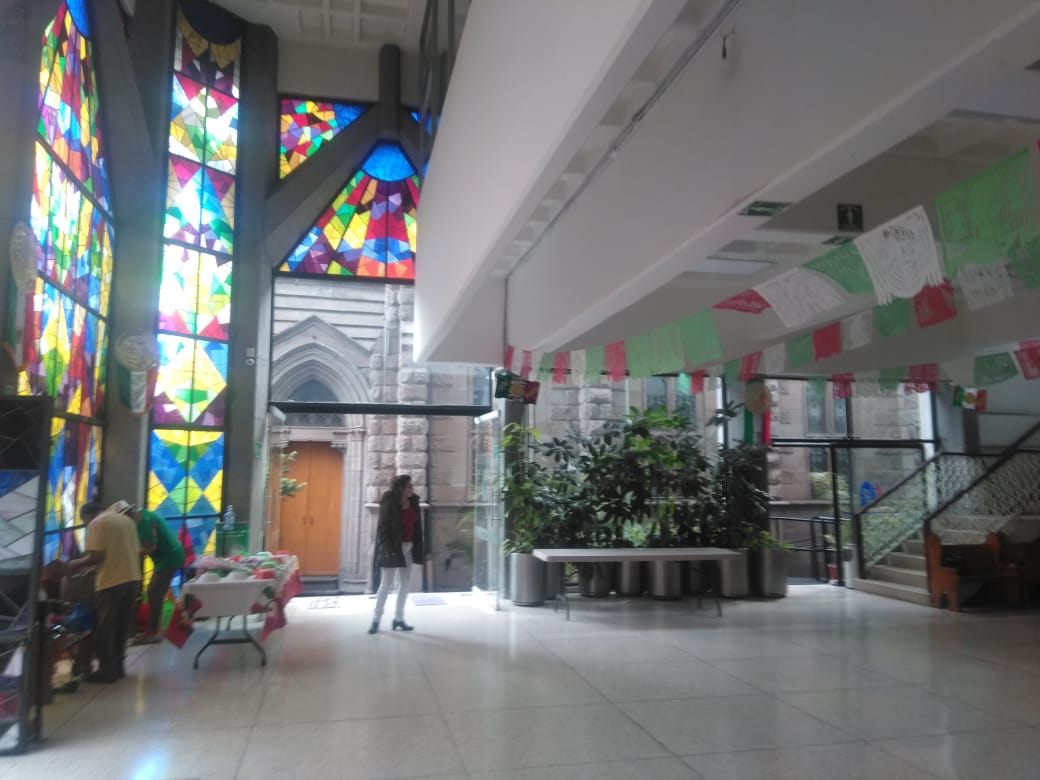
The El Mesías Methodist Church is a stable and rather reassuring countenance on the often rowdy, always-busy Avenida Balderas. It’s on the western edge of the Historic Center, and thus, in the late 19th century it was the western edge of Mexico City itself.
As such, El Mesías joined two other English protestant churches built in the grim shadow of the historic Acordada Prison. The prison had long faced the renamed Juarez Avenue to the north until closing finally in 1862.
Today, the Methodist church is almost back to back with the Prince of Peace Presbyterian church. The famous ruin of the Anglican Antigua Christ Church is just a few blocks away on Articulo 123. Protestant churches only finally came to be permitted in Mexico during the Porfiriato period. Their first organized “Evangelical Union” began in 1917 at the YMCA/YWCA at the corner of Humboldt and the Calle Morelos.
Within just a few years of the prison closing, the riven Methodist party arrived in Mexico from the United States. The Methodists had split during the Civil War in the US. Those from the Southern Methodist Church arrived to the site of the old San Andrés Hospital where they took up residence in the chapel. Today, it’s site of the National Museum of Art and the Xicotencatl Cultural Center.
Most sources will put both northern and southern Methodist factions at this same site in 1873. But in the same year, those from the north moved to the Santísima Trinidad Methodist Church on Calle de Gante just a few blocks to the south.
The Southern Methodists remained in the San Andres chapel until much later. In affiliation with Sóstenes Juárez, a Protestant leader who rose to prominence in the wake of the Reform period, they became known as the Episcopal Church of the South. By 1885 they’d acquired the land on Acordada Street. That avenue was later renamed for Colonel Lucas Balderas, killed in the Battle of Molino del Rey in 1847.
El Mesías, the Messiah Temple, was then begun and construction lasted until 1899. It was only then that the Methodists abandoned the San Andrés chapel. They dedicated their new church in 1901. An engineer named Russell Cook had used tezontle, basalt stones from Culhuacán for the foundations and cladding. Famous chiluca stone came from Tepepan for the detailed stonework. Churchgoers even brought stained glass windows from San Luis Potosí.
The Northern and Southern Methodists in Mexico would reunite in 1930. Since then, the church added a considerable annex just north of the historic temple. Today the annex houses many of the activities for which the church is well known.
Instituto Nacional de Antropología e Historia, México – Coordinación Nacional de Monumentos Históricos. Ficha del Catálogo Nacional de Monumentos Históricos Inmuebles número I-09-02050 . -. Disponible en: http://catalogonacionalmhi.inah.gob.mx/consulta_publica/detalle/12455
 info@immarbalderas.org.mx
info@immarbalderas.org.mx
 +52 (55) 5512 1608
+52 (55) 5512 1608

Nearest at 0.06 kms.
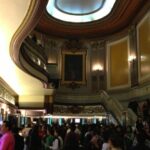
Nearest at 0.11 kms.
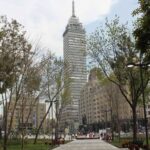
Nearest at 0.12 kms.
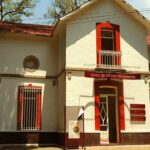
One of Chapultepec's more sublime historic homes is a cultural center, too.
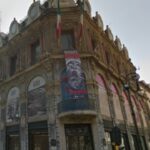
One of Avenida Madero's most famous corners . . .
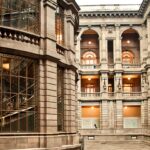
The National Art Museum in Mexico City's Centro Histórico is always going to be a holiday highlight.

A sublime Italian Renaissance style has greeted passersby for nearly 120 years. Here's what it's about.

Two magnificent 120-year-old homes re-purposed for today's hi-profile events.